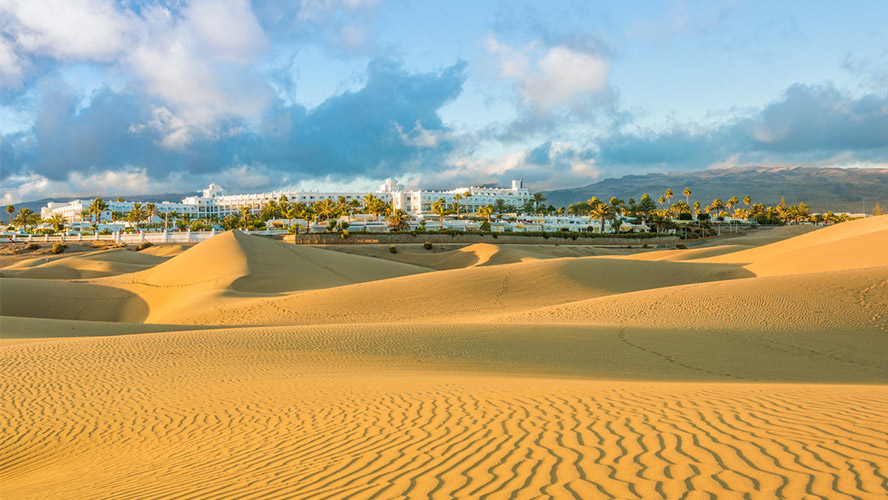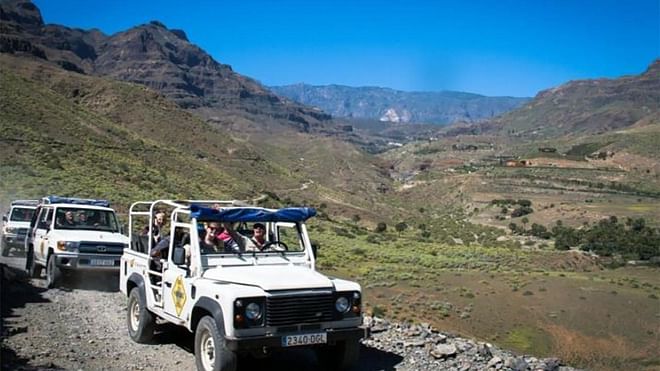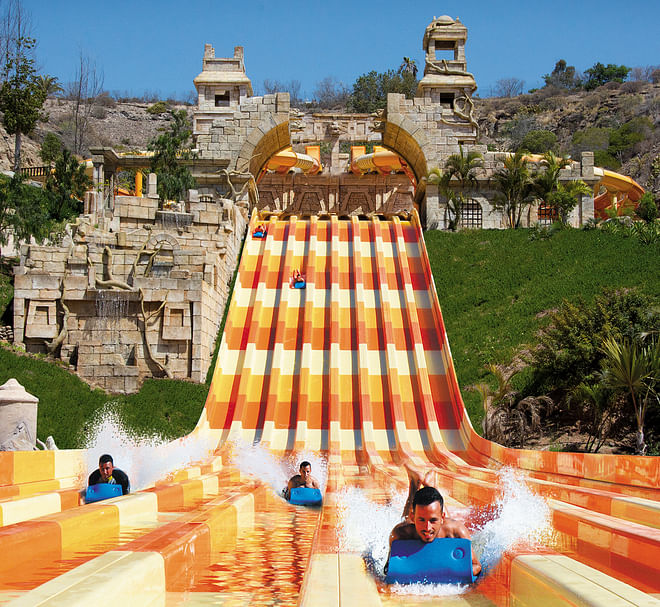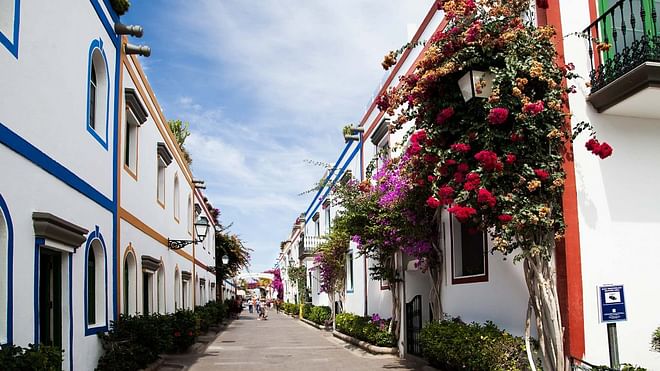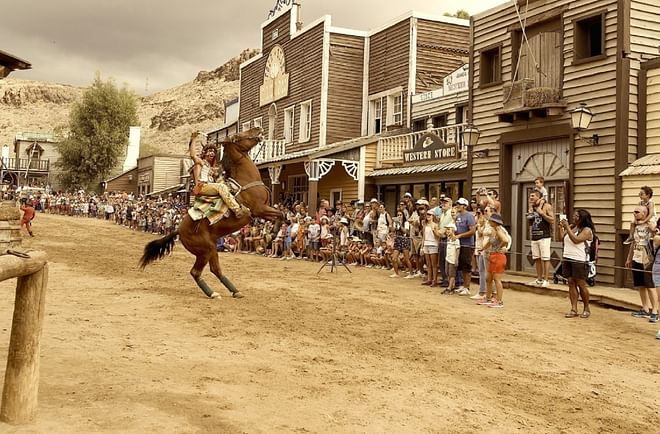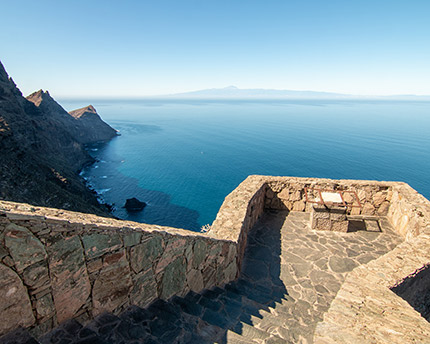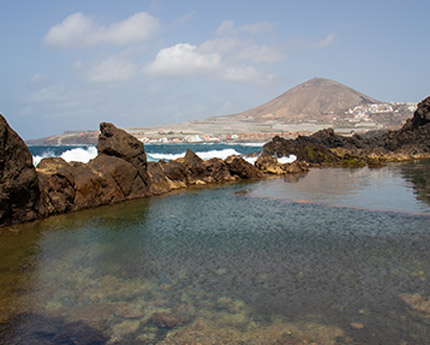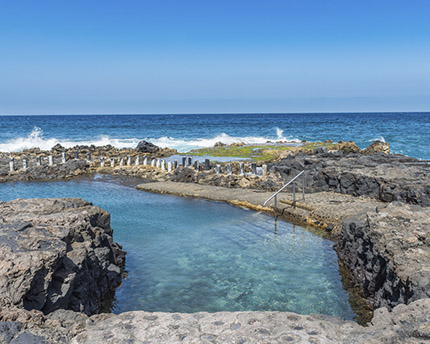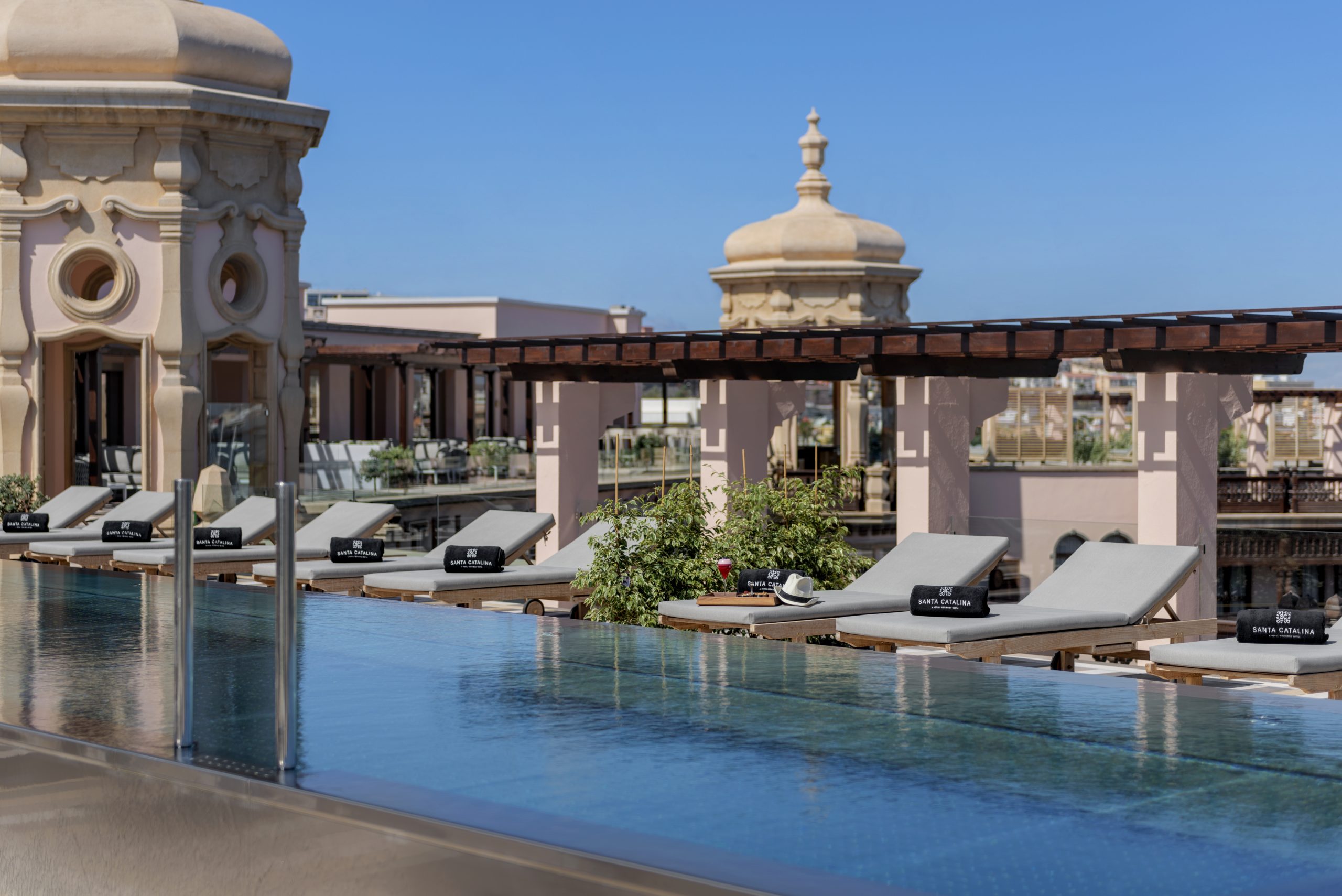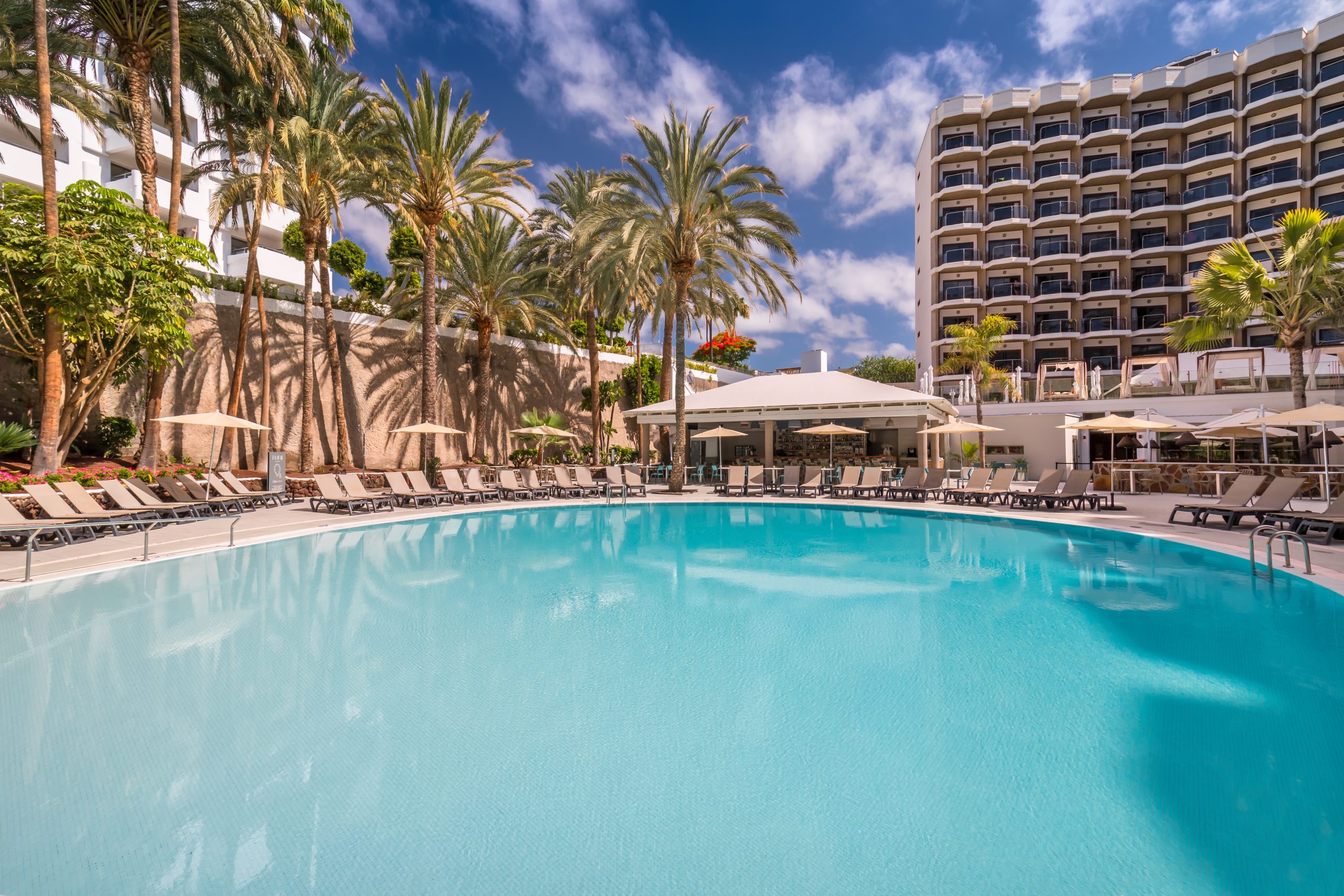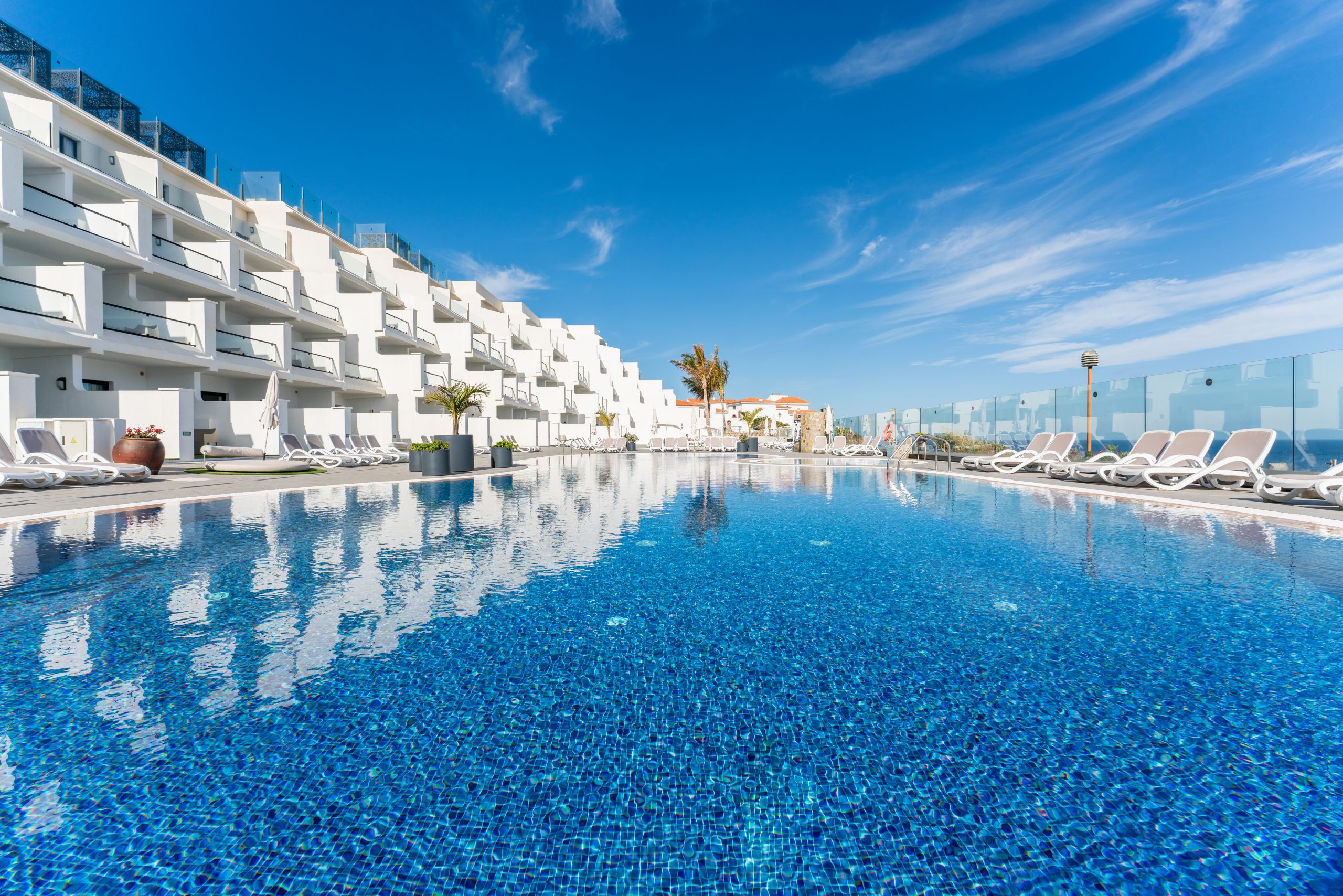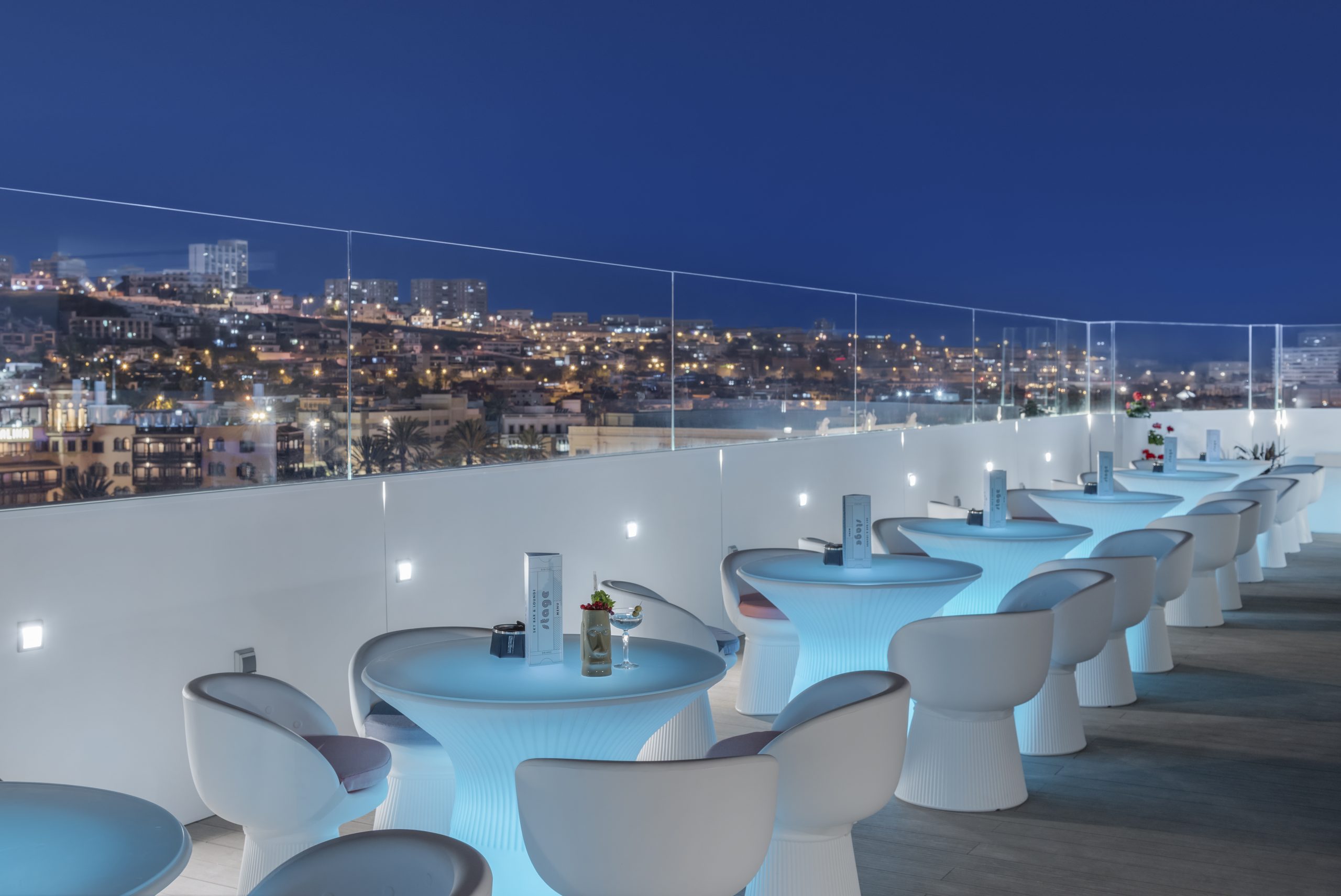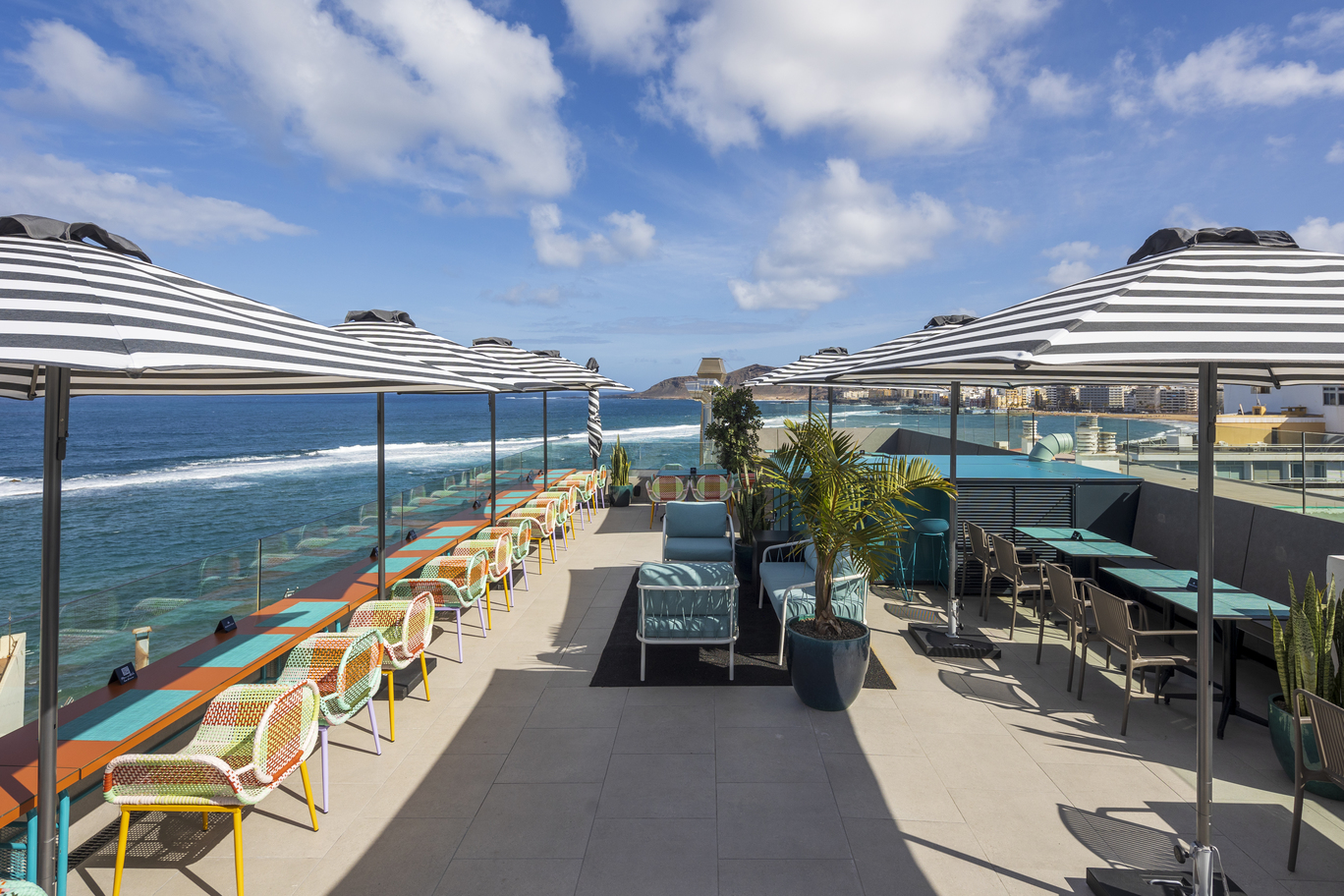Millions of people every year choose Maspalomas as their holiday destination. The area is in the south of Gran Canaria, in the municipality of San Bartolomé de Tirajana, and it’s not hard to see why it’s so popular. You’ll feel like you’ve entered another dimension when you get close to the miniature desert of the Maspalomas Dunes.
The landscape is impressive and the area has some fascinating natural places to feast your eyes upon, including long expansive beaches. Still not enough to tempt you to Maspalomas? Don’t worry – this vast area of Gran Canaria has many more charms.
Whether you need contemplation and relaxation or fun and recreation, Maspalomas has something to suit everyone. It’s also a popular and world-famous spot among the gay community.
Related experiences
Maspalomas, Gran Canaria’s tourist hub
Maspalomas is one of the most attractive and popular tourist destinations in the whole of the Canary Islands archipelago. It has plenty of shops, restaurants and things to do and you won’t get bored easily. If you’re into sport, choose from golf, scuba diving, surfing, parachuting and more. If you fancy a shopping trip, you’ll have your pick of places. If you’re hungry, head to the string of restaurants along the promenade. And if it’s nightlife you’re after, you won’t be disappointed. All that aside, those looking for peace and quiet have also come to the right place. You can lose yourself on Maspalomas’ long beaches.
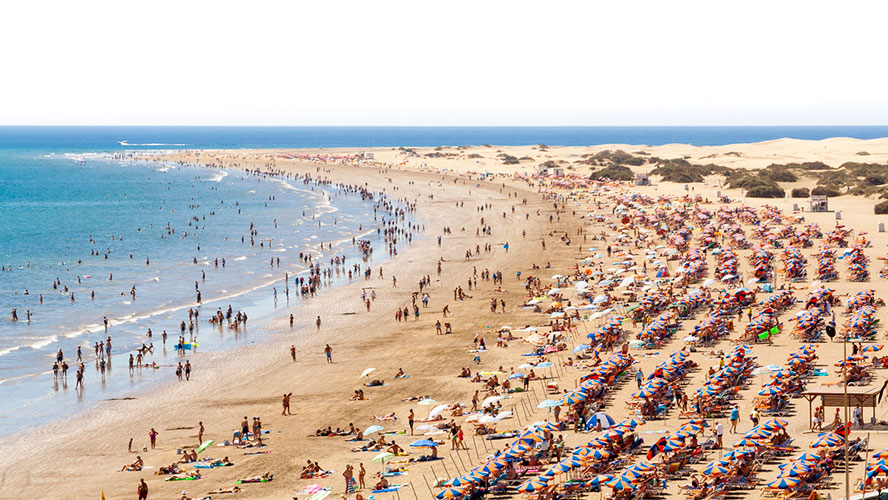
A journey into the history of Maspalomas
Several archaeological findings provide records of native settlements in Maspalomas. The Guanche people lived off the land and the sea, surrounded by a landscape as arid as it is beautiful. After the island’s conquest in the late-15th century, the area fell into the hands of noble families from the Spanish mainland. Maspalomas was effectively an agricultural estate, and it wasn’t until 1961 that it first delved into the world of tourism. Count Alejandro del Castillo pushed forward a development contest which was won by a French company with an environmentally responsible project. The area has since experienced an unstoppable tourism boom.
Some of the local buildings still give clues to the area’s past. If you’re interested, head to Calle Alcalde Marcial Franco to see the Franciscan-style Ermita de San Fernando El Chico and the stately Casa Condal de San Fernando de Maspalomas.
Playa de Maspalomas and Playa del Inglés: kick back and relax
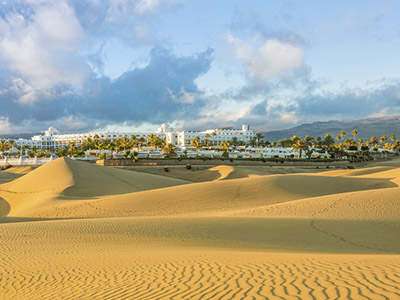
The fine white sand at Playa de Maspalomas stretches 3 km along the coast. The waters here are clean, warm, calm and relatively shallow, and the year-round good climate means you can swim in any season. The coastline here caters for all tastes: the area closest to the main tourism centre has all manner of services and is well geared up for families; those looking for water sports or nudist beaches should head for the area called Punta de Maspalomas; and the zone called El Siete is popular with the LGTB+ community.
Surfers have their haven in the wildest and least touristy area where Playa de Maspalomas joins Playa del Inglés. In reality, the two beaches are one and the same. Playa del Inglés is a 3-km stretch of golden sand and its waters are just as calm as its neighbour’s. Families and sports enthusiasts will love it here, and it’s also popular with the young crowd.
What to see and do in Maspalomas: the dunes, the pool and El Palmeral
Playa de Maspalomas is the perfect place for sunbathing, swimming and walking, and the surrounding desert-oasis landscape is stunning, especially the Maspalomas Dunes. The beauty and diversity of ecosystems in this protected natural space is quite something. The dynamic nature of the dune system creates two clearly defined zones: static dunes provide habitat for autochthonous plant species, while large accumulations of sand in the mobile dune system are constantly moved by the wind and have thinner plant cover.
The pretty palm grove called El Palmeral provides shade, and the Charca de Maspalomas is a small saltwater pool which is home to various fish species and bird communities, separated from the sea by a sand bar. During rare periods of heavy rainfall, the sand bar collapses and allows a fresh flow of water into the pool.
Maspalomas Lighthouse, a lasting symbol
Maspalomas Lighthouse is a symbol of the south of the island of Gran Canaria and has borne witness to the passing of time and the many changes in the area. Building work began in 1861 and went on for 28 years. The light was turned on for the first time in 1890, and from then on guided boats on their passage between Europe and America. Back then, this 55-metre structure towered over an arid and isolated dune landscape and, aside from a few fishermen’s houses, was the only construction in the area. Today, it has become a local landmark on this spectacular coastline.
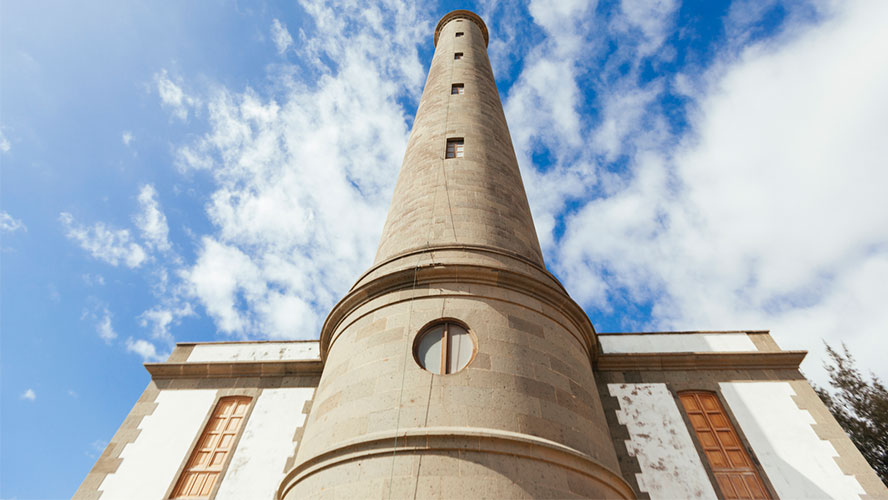
Where to eat in Maspalomas
Maspalomas has a rich and varied food scene with an international menu, though there’s plenty of traditional cuisine on offer too. Head to El Rincón Canario, in the old Águila Playa building, to sample the best local dishes including octopus in a mojo verde sauce and a variety of fresh fish.
El Senador is close to Maspalomas Lighthouse and is a simple terrace restaurant on the beachfront. Try their rice dishes, fish and seafood. If you’re at Playa del Inglés, try the modern La Palmera Sur. It specialises in creative Canarian cuisine and is a favourite among the locals.
Nightlife in Maspalomas
Maspalomas has some popular clubs around Playa del Inglés – tourists and locals alike love the variety of music on offer in the different establishments in the Kasbah centre. Salsa fans often get together in Mojito, a bar famous for its themed parties.
Ozono is one of the island’s most popular clubs and you can dance here until all hours. It specialises in techno, has live sessions from famous DJs, and also plays more laid-back music in its other rooms. Pachá Gran Canaria is another popular club that has different zones and a large terrace for relaxing. Meanwhile, the Yumbo centre is the home of the Mantrix Disco, the most popular gay club in the south of Gran Canaria.




































































